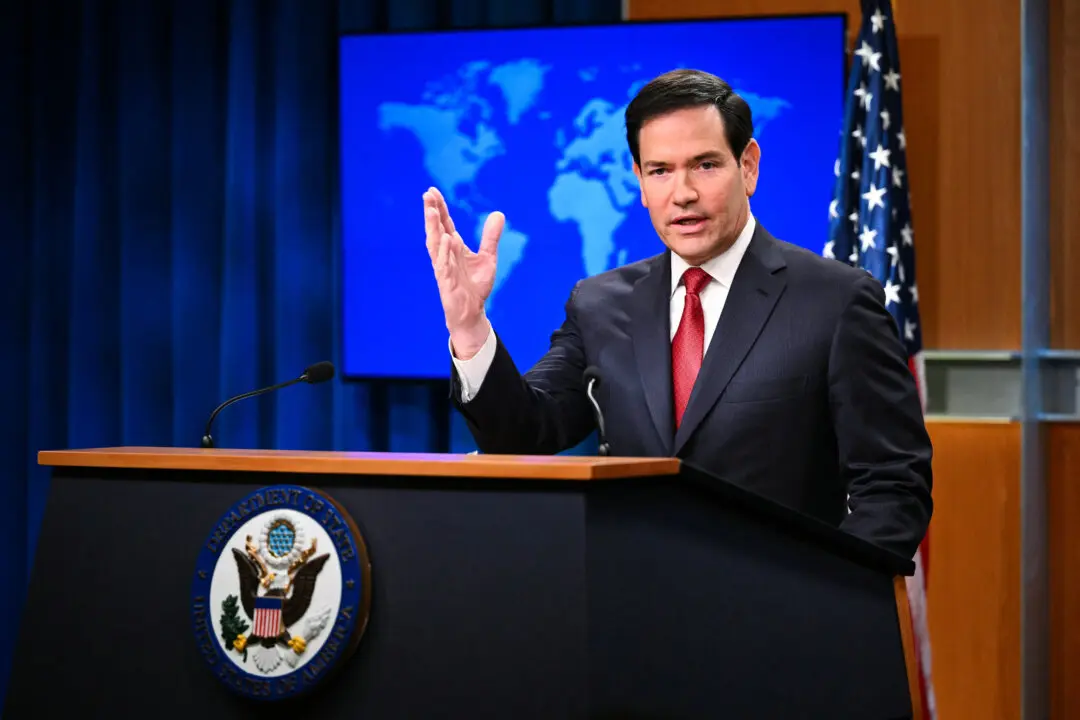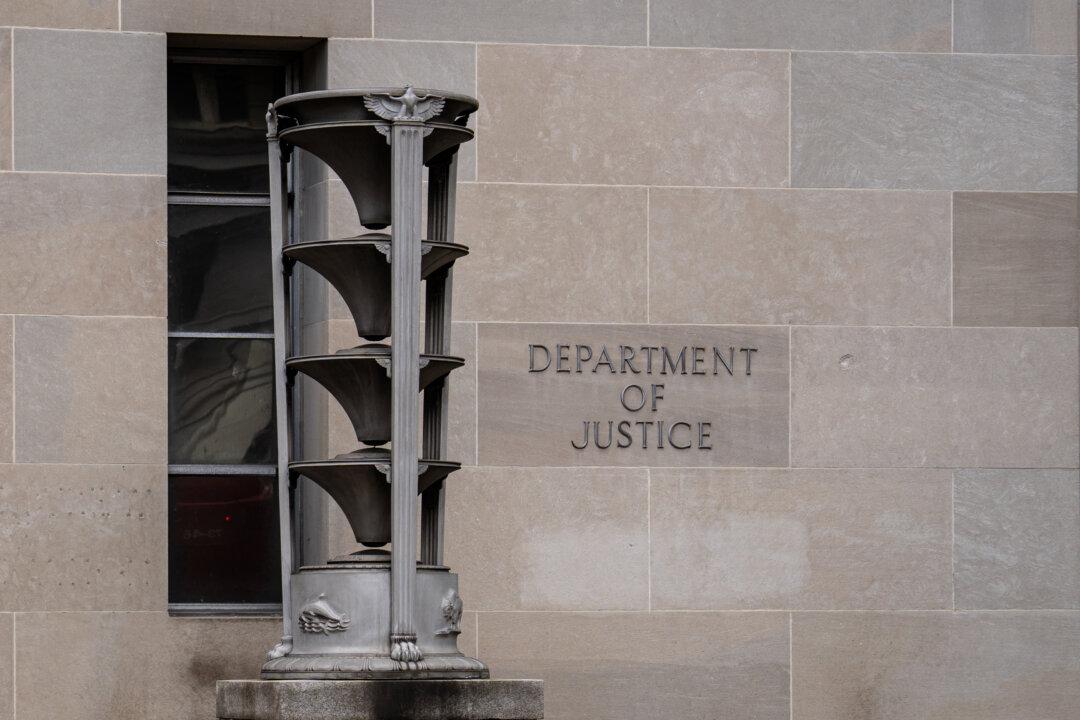The United States is considering gaining access to more military bases in the Philippines under the countries’ Enhanced Defense Cooperation Agreement (EDCA), a U.S. commander said on Thursday.
Adm. John Aquilino, commander of U.S. Indo-Pacific Command, said that he and Philippine military chief Romeo Brawner have “made recommendations” to their senior leaders about expanding EDCA sites.





